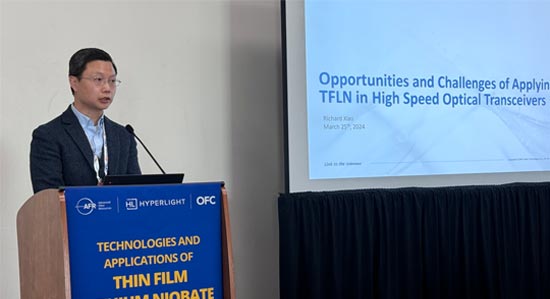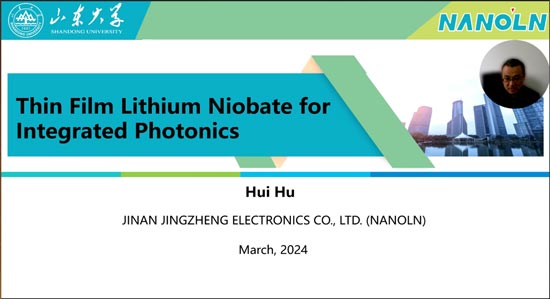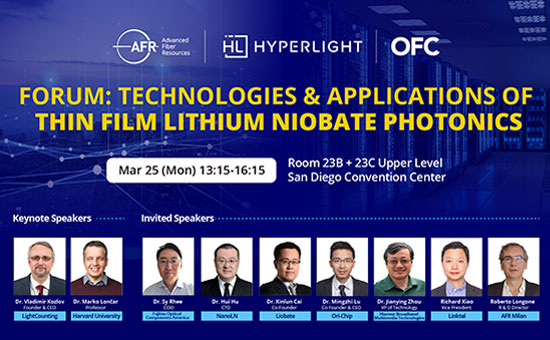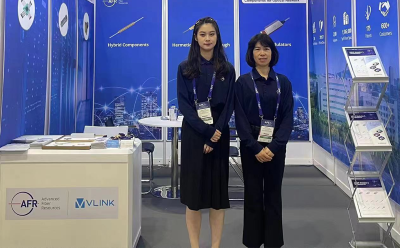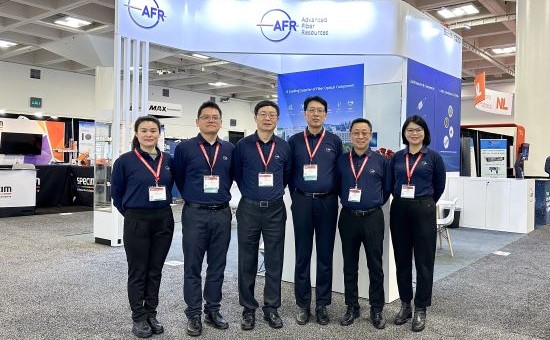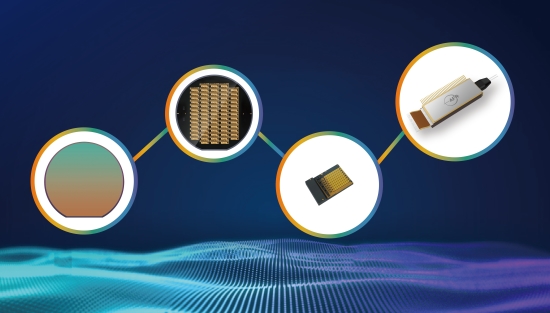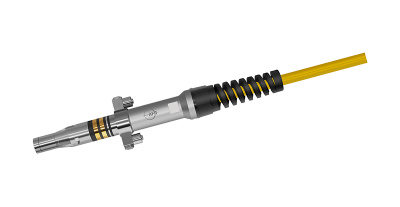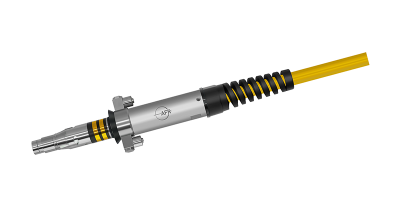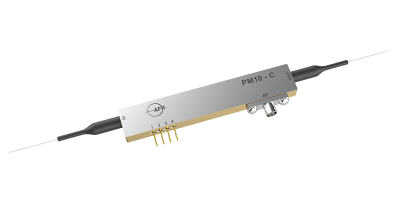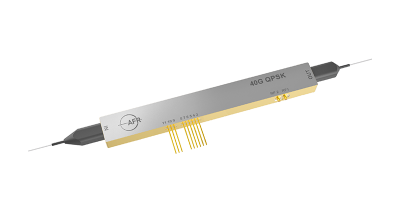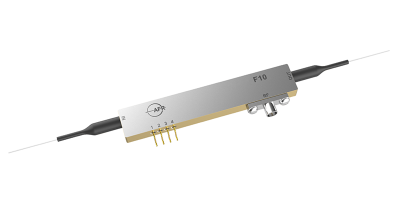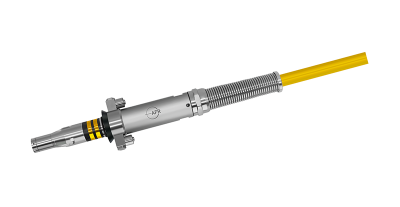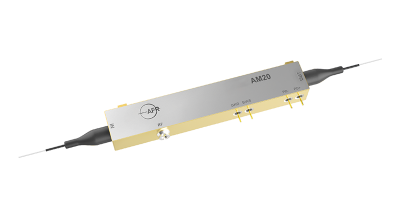March 25, 2024 - Richard Xiao was a featured speaker at the "Technologies and Applications of Thin Film Lithium Niobate Photonics" forum, hosted jointly by AFR and HyperLight. His presentation, titled " Opportunities and challenges of Applying TFLN in High Speed Optical Transceivers," provided an insightful analysis of the current state and future prospects of this emerging technology.
About Richard Xiao and Linktel
Richard Xiao is the Vice President at Linktel Technologies, where he is involved in the development of emerging technologies for the next generation of optical interconnections, such as 200G per Lane, Thin Film Lithium Niobate, Silicon Photonics, etc. Prior to joining Linktel, he worked in various leadership and engineering roles at Alcatel-Lucent, Tellabs, Cisco, and TFC. He has more than 20 years of industry experience in product development, commodity management, and product marketing.
Linktel is a technology-oriented company that specializes in pluggable transceivers for Metro, Wireless, Access, Enterprise networks, and Data Centers, as well as optical engines used in high-speed optical links and transceiver modules. Linktel's 800G optical transceiver with TFLN modulator meets the high-speed requirements of data-heavy applications.
Emergence of a Mature, Comprehensive, and Reliable TFLN Supply Chain
The optimistic outlook within the TFLN industry is attracting numerous technology companies, leading to the swift evolution of a comprehensive ecosystem. It is encouraging to note that an increasing number of technology enterprises and startups worldwide are converging onto this track, shaping the future of the industry collectively, covering materials, wafers, chips, modulators, and optical modules.
In the panel discussion, representatives from key players of the supply chain, including NanoLN in wafer manufacturing, AFR, HyperLight, Liobate, Ori-Chip, and FOC in chip production, Hisense and Linktel in transceivers, exchanged opinions about the prospect of TFLN, technology breakthroughs, and how to make it more ready for near future large volume applications.
As we observe together, the TFLN supply chain is steadily maturing, becoming more comprehensive and reliable over time. The growth and integration of each component signify a promising future for TFLN technology, establishing it as a pivotal player in the global technological landscape.




